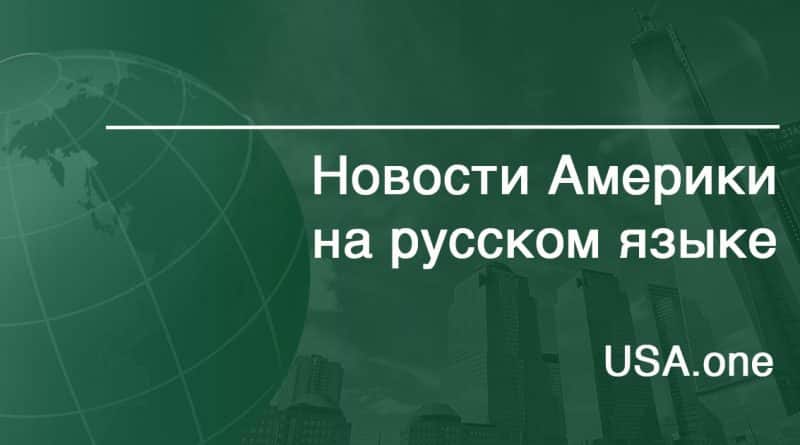HOW TO USE UNNAMED SOURCES
It's better to avoid using unnamed sources as they erode the credibility. If there is no other way to get crucial information, then these guidelines should be applied:
- A managing editor must get and approve an unnamed source before publication. He must check if the information given to the reader is accurate or unreliable. It usually requires confirmation from a document or second source. In case a single confidential source is mentioned once in the story, the editor must be sure that this information is authoritative.
- The same principles are applied to the confidential documents. The editor must be confident that the documents are trustworthy and their originals can be found.
- Anonymous sources can be applied only if there aren't any others available. Prior to publication, the managing editor must be sure there are no other ways of representing the information and it's important enough for justifying the reader's trust.
- Anonymous sources can only be applied for reporting facts. No speculation is acceptable.
- Sources must understand that if the information is anonymous it still means the editor knows their identity. Thus, they can be identified if their information is unfounded or false.
- The reporters can't cooperate with sources that specify when is information used in USA.One without the editor's participation.
- Be aware of not identifying unnamed sources in a way that reveals their identity. But unnamed sources must be described as close to their identity as possible.
- The number of sources must never be exaggerated.
- Sources must accept the lowest possible level of confidentiality. Both parties should understand the agreed level of confidentiality.
- When using sources from another media, they must belong to the appropriate organization.
Editorial Policy обновлено: 4 ноября, 2015 автором:


